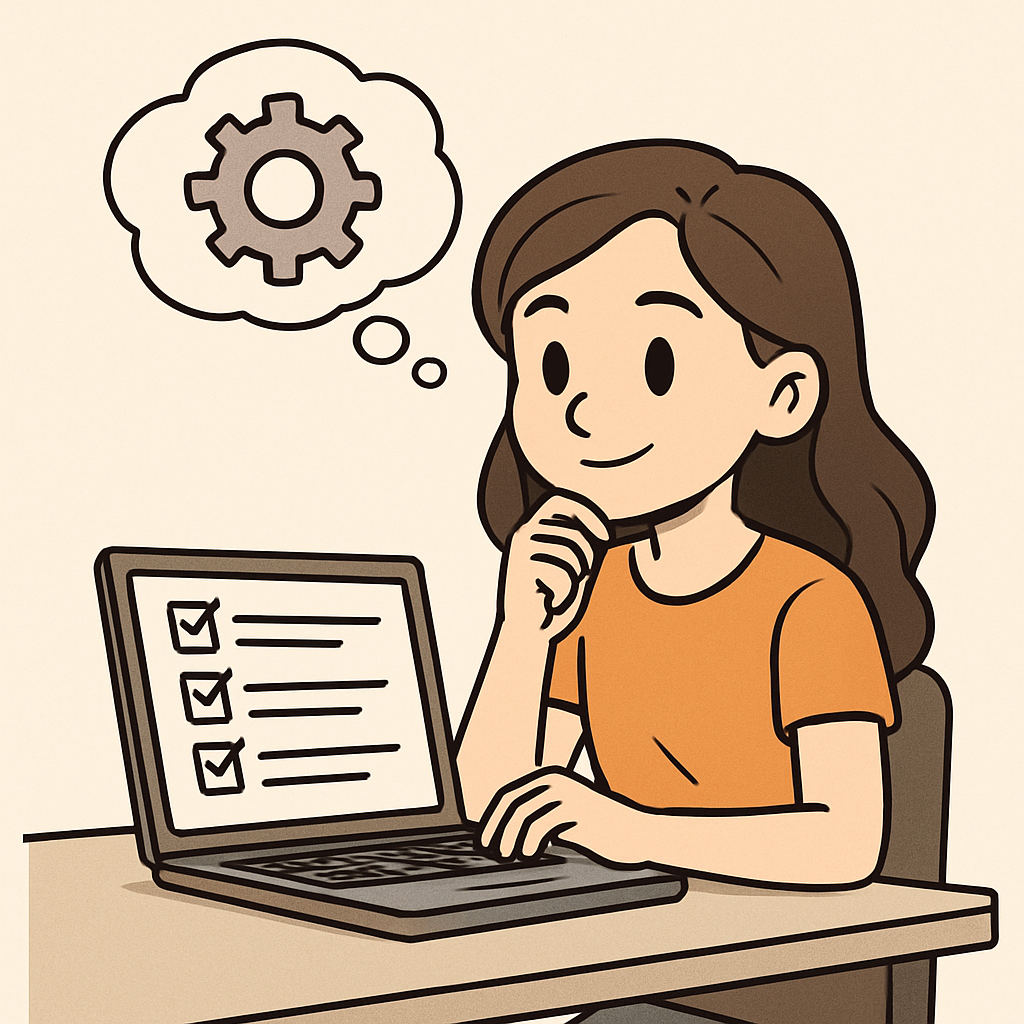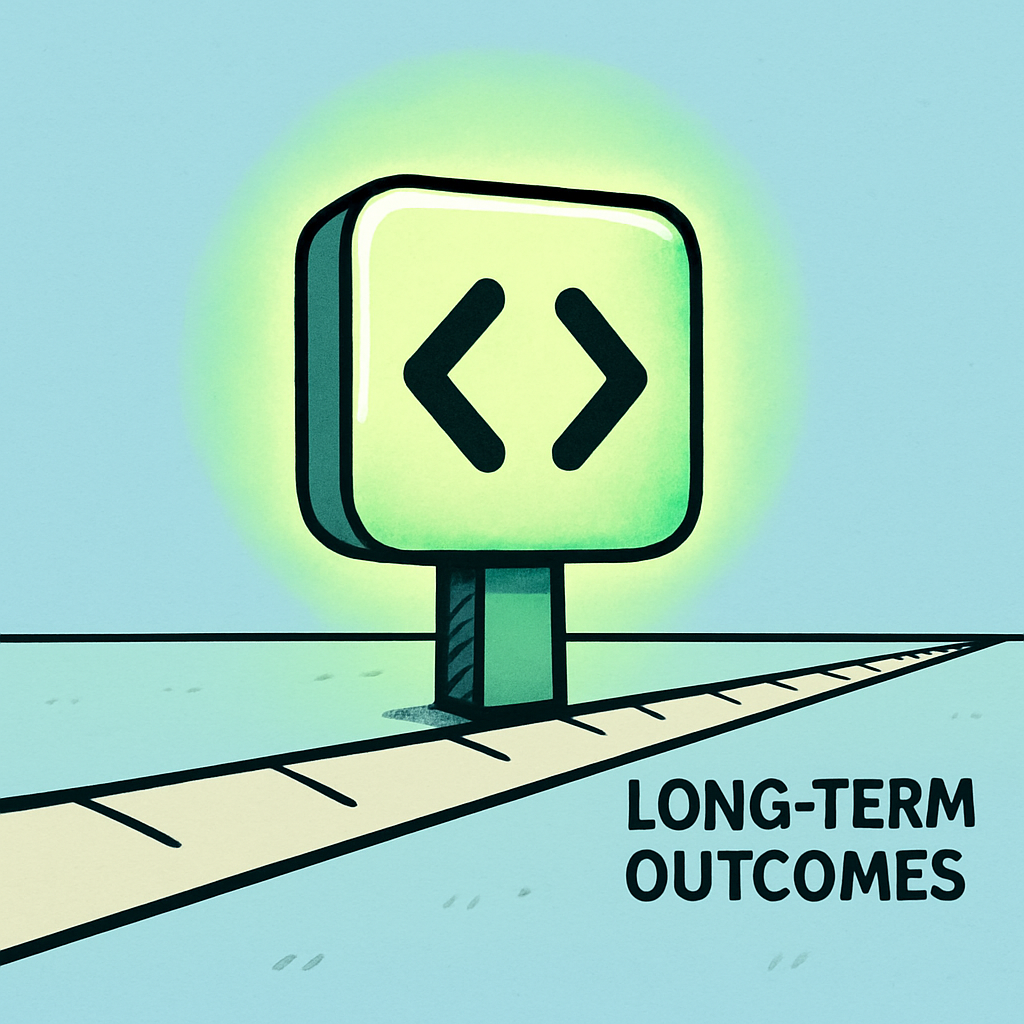 In this lesson, you will explore outcome evaluation and reflection in software engineering. You will focus on testing solutions for short-term and long-term outcomes and learn how to communicate on design processes through group reflections and presentations.
In this lesson, you will explore outcome evaluation and reflection in software engineering. You will focus on testing solutions for short-term and long-term outcomes and learn how to communicate on design processes through group reflections and presentations.
By the end of this lesson, you will:
 Short-term outcomes are the immediate results of a software solution, focusing on how well it performs right after development and launch. These outcomes check if the solution meets its basic goals in the short term, such as functionality, usability, and efficiency in everyday use.
Short-term outcomes are the immediate results of a software solution, focusing on how well it performs right after development and launch. These outcomes check if the solution meets its basic goals in the short term, such as functionality, usability, and efficiency in everyday use.
Key aspects of short-term outcomes include:
 Long-term outcomes refer to the sustained impacts of a software solution over an extended period, often months or years after its launch. These outcomes evaluate how well the solution adapts to changing needs, scales with growth, and maintains value in the long run, such as through ongoing reliability, adaptability, and overall impact on users or organisations.
Long-term outcomes refer to the sustained impacts of a software solution over an extended period, often months or years after its launch. These outcomes evaluate how well the solution adapts to changing needs, scales with growth, and maintains value in the long run, such as through ongoing reliability, adaptability, and overall impact on users or organisations.
Key aspects of long-term outcomes include:
 Testing solutions involves systematic checks to verify short-term and long-term outcomes. This is not about coding but about planning and executing tests to evaluate effectiveness. Thorough testing ensures your software meets immediate needs and future demands, identifying strengths and improvements early.
Testing solutions involves systematic checks to verify short-term and long-term outcomes. This is not about coding but about planning and executing tests to evaluate effectiveness. Thorough testing ensures your software meets immediate needs and future demands, identifying strengths and improvements early.
Steps for testing:
This process evaluates solutions against real-world expectations, making software more robust and user-friendly.
 Group reflections allow teams to discuss project experiences, focusing on what worked, what didn't, and lessons learned. This fosters communication on design processes, helps refine future work, and builds a collaborative team environment.
Group reflections allow teams to discuss project experiences, focusing on what worked, what didn't, and lessons learned. This fosters communication on design processes, helps refine future work, and builds a collaborative team environment.
How to conduct group reflections: